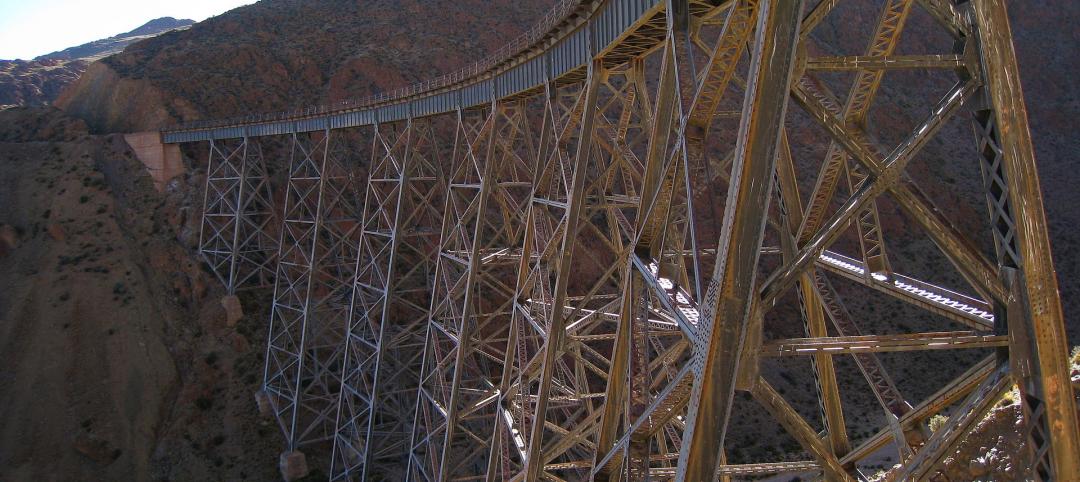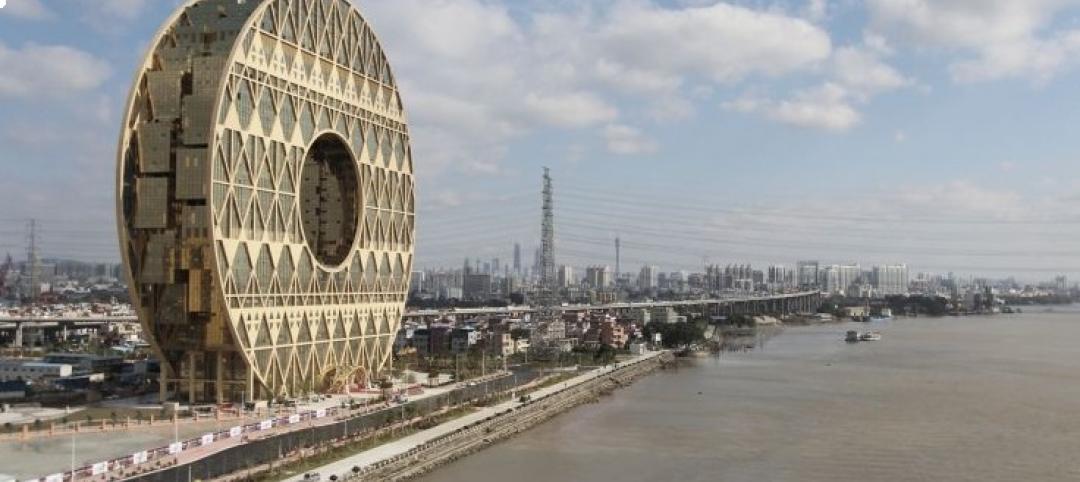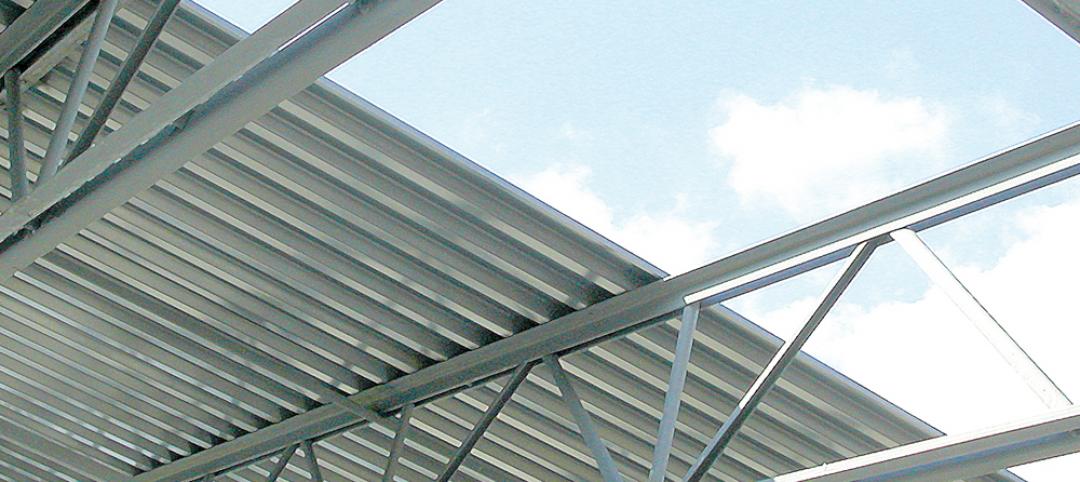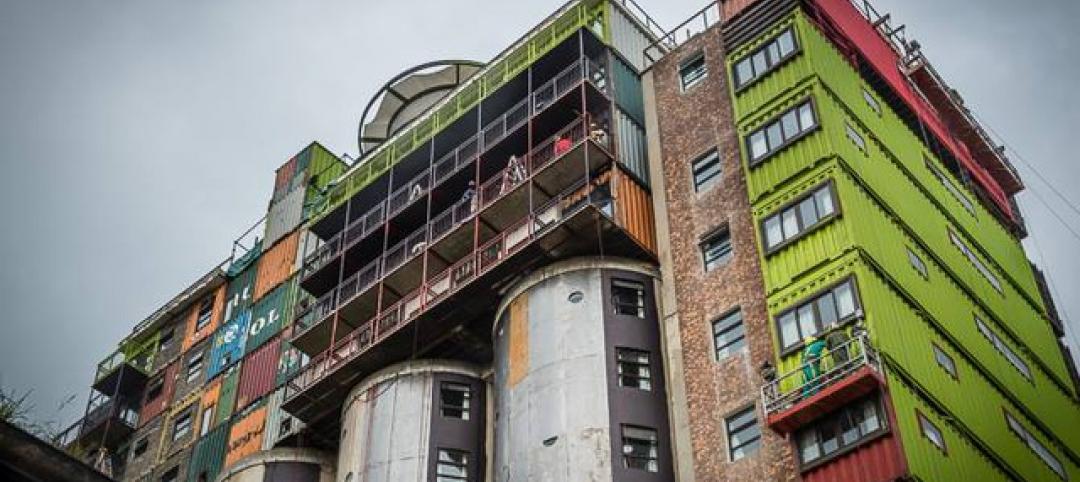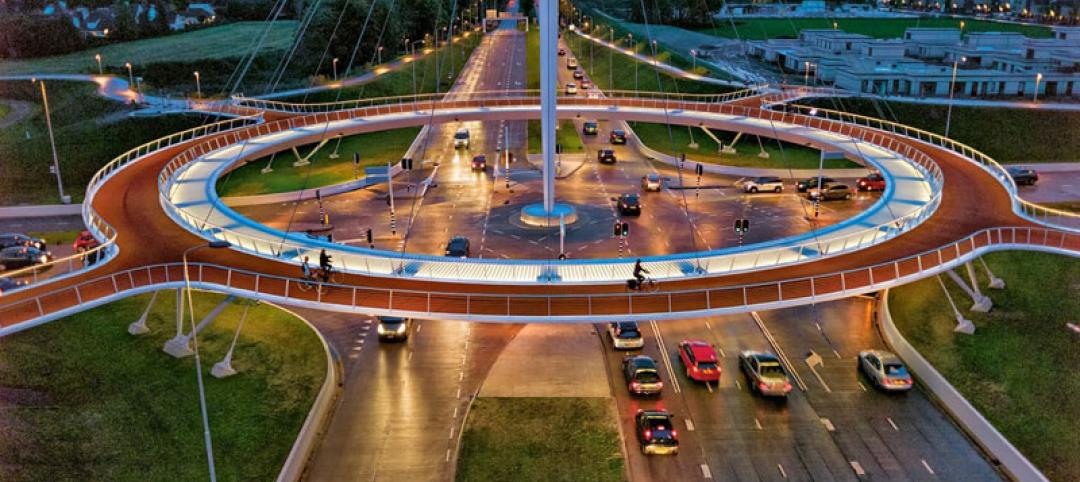Sacramento International Airport’s Central Terminal and Concourse B is the largest public construction capital improvement project undertaken by Sacramento County to date. This $1.04 billion terminal modernization project, called the “Big Build,” is comprised of two individual buildings.
The facility boasts a new landside Central Terminal and the new 19-gate airside Concourse B, which are connected by an automated people mover. The two structures house passenger processing, international arrivals, passenger security checkpoints, in-line baggage screening, and more than 42,000 sq. ft of passenger amenity space. The design was inspired by the area’s rich history and culture. The design team at Corgan Associates in association with Fentress Architects created a world-class airport and a gateway to the Central Valley region while capturing a unique sense of place that represents Sacramento. In addition, the facility was designed with sustainability in mind. The result is a bright and airy space with abundant natural daylight reducing the need for artificial lighting and decreasing internal energy use. The project ultimately achieved LEED Silver certification.
For the terminal’s central spine, at left, field erection was sequenced to utilize the rigidity of the X-girders to minimize movements and the need for extensive temporary bracing. Photo courtesy of Buehler & Buehler Structural Engineers, Inc.
The exposed structural steel roof framing members create a dynamic rhythm of light and shadow, an effect inspired by Sacramento’s tree-lined streets. Wayfinding was integral to the design with unobstructed views across the public spaces, a visual connection to the central circulation spine, and ample outdoor views. The use of architecturally exposed structural steel (AESS) enhances the unique architectural expression and its use, prominent throughout the public areas, and achieved the desired visual quality. Achieving a roof structure reminiscent of a tree canopy for the Central Terminal involved the use of curved tapered steel plate girders spanning 120 feet which dynamically intersect in the middle of the structure.
In the concourse, the tapered steel plate girders span over 90 feet and include complex double curvature geometry to sculpt a roof structure that emulates the rolling hills surrounding Sacramento. Architectural detailing in both buildings included cladding the structural columns with steel plates to enhance structural performance and to provide concealed electrical and plumbing raceways.
For the terminal’s central spine, field erection was sequenced to utilize the rigidity of the X-girders to minimize movements and the need for extensive temporary bracing. Additionally, the joints provided improved thermal expansion characteristics for the concourse which is nearly one quarter of a mile long. Because much of the steel framing was exposed, the design and construction team worked closely to develop details that achieved the architectural vision and were also efficient to fabricate. The fabricators made extensive use of custom jigs and fixtures to position the members in the shop to minimize welding distortion in cruciform columns and AESS curved roof girders.
Field erection was sequenced to utilize the rigidity of the crossing girders in the central spine of the terminal to minimize the need for extensive temporary bracing. A system of temporary columns, guy cables and “king posts” with turnbuckles was utilized for numerous sloping columns and cantilever members to provide temporary support and fine adjustment of elevation and position.
Project team:
Owner
Sacramento County Airport System
Architect
Corgan Associates, Dallas, Texas, in association with
Fentress Architects, Denver, Colo.
Structural Engineer
Buehler & Buehler Structural Engineers, Inc.,
Sacramento, Calif., and
L.A. Fuess Partners (LAFP), Dallas, Texas
Structural Steel Subcontractors
Schuff Steel, Stockton, Calif., and
Herrick Steel, Stockton, Calif.
Contractors
Turner Construction /
Austin Walsh Construction Joint Venture,
Sacramento, Calif.
For more about the American Institute of Steel Construction, visit www.aisc.org.
Related Stories
| Nov 7, 2014
Prefab helps Valparaiso student residence project meet an ambitious deadline
Few colleges or universities have embraced prefabrication more wholeheartedly than Valparaiso (Ind.) University. The Lutheran-based institution completed a $27 million residence hall this past summer in which the structural elements were all precast.
| Nov 6, 2014
Demountable structural steel could up the ante on sustainability
Demountable structural steel assemblies would be a greener way to make use of steel in the construction industry than recycling.
| Nov 3, 2014
AISC seeks entries for 2015 IDEAS2 Awards
These prestigious awards recognize outstanding achievement in engineering and architecture on structural steel projects across the country.
| Aug 13, 2014
Sixth Annual SteelDay Set for Sept. 19
Hosted by AISC and its members and partners, SteelDay offers free events throughout the country for AEC professionals, faculty and students and the public to see firsthand how the vibrant U.S. structural steel industry works to build our country's buildings and bridges.
| Jul 14, 2014
Foster + Partners unveils triple-glazed tower for RMK headquarters
The London-based firm unveiled plans for the Russian Copper Company's headquarters in Yekaterinburg.
| Jul 1, 2014
China's wild circular skyscraper opens in Guangzhou [slideshow]
The 33-story Guanghzou Circle takes the shape of a giant ribbon spool, with the floor space housed in a series of boxes suspended between two massive "wheels."
| Jun 18, 2014
Arup uses 3D printing to fabricate one-of-a-kind structural steel components
The firm's research shows that 3D printing has the potential to reduce costs, cut waste, and slash the carbon footprint of the construction sector.
| Apr 9, 2014
Steel decks: 11 tips for their proper use | BD+C
Building Teams have been using steel decks with proven success for 75 years. Building Design+Construction consulted with technical experts from the Steel Deck Institute and the deck manufacturing industry for their advice on how best to use steel decking.
| Feb 14, 2014
Must see: Developer stacks shipping containers atop grain silos to create student housing tower
Mill Junction will house up to 370 students and is supported by 50-year-old grain silos.
| Feb 11, 2014
World's first suspended bicycle roundabout [slideshow]
Located in the Netherlands, the project was designed to promote a healthier lifestyle.



